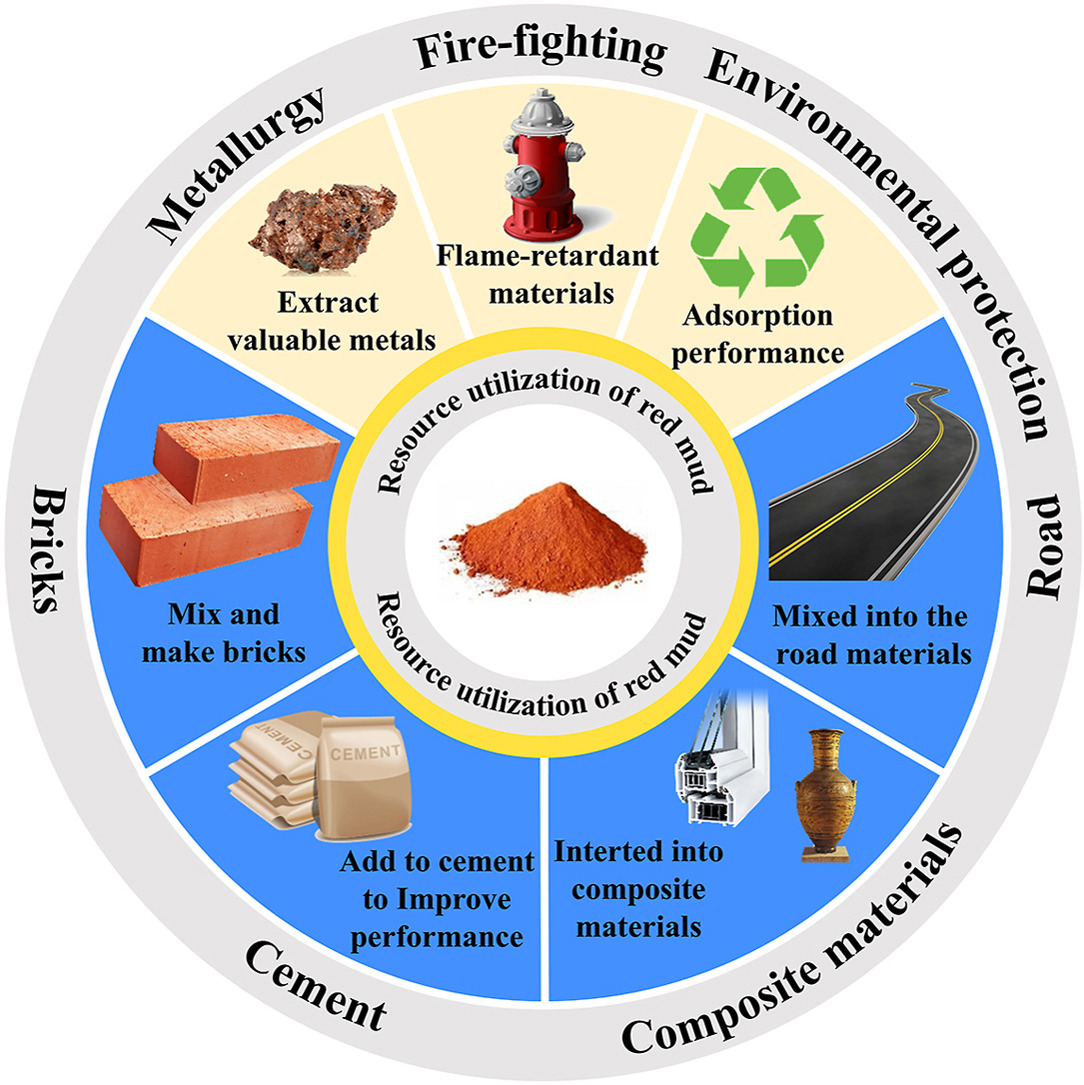- Volumes 96-107 (2025)
-
Volumes 84-95 (2024)
-
Volume 95
Pages 1-392 (December 2024)
-
Volume 94
Pages 1-400 (November 2024)
-
Volume 93
Pages 1-376 (October 2024)
-
Volume 92
Pages 1-316 (September 2024)
-
Volume 91
Pages 1-378 (August 2024)
-
Volume 90
Pages 1-580 (July 2024)
-
Volume 89
Pages 1-278 (June 2024)
-
Volume 88
Pages 1-350 (May 2024)
-
Volume 87
Pages 1-338 (April 2024)
-
Volume 86
Pages 1-312 (March 2024)
-
Volume 85
Pages 1-334 (February 2024)
-
Volume 84
Pages 1-308 (January 2024)
-
Volume 95
-
Volumes 72-83 (2023)
-
Volume 83
Pages 1-258 (December 2023)
-
Volume 82
Pages 1-204 (November 2023)
-
Volume 81
Pages 1-188 (October 2023)
-
Volume 80
Pages 1-202 (September 2023)
-
Volume 79
Pages 1-172 (August 2023)
-
Volume 78
Pages 1-146 (July 2023)
-
Volume 77
Pages 1-152 (June 2023)
-
Volume 76
Pages 1-176 (May 2023)
-
Volume 75
Pages 1-228 (April 2023)
-
Volume 74
Pages 1-200 (March 2023)
-
Volume 73
Pages 1-138 (February 2023)
-
Volume 72
Pages 1-144 (January 2023)
-
Volume 83
-
Volumes 60-71 (2022)
-
Volume 71
Pages 1-108 (December 2022)
-
Volume 70
Pages 1-106 (November 2022)
-
Volume 69
Pages 1-122 (October 2022)
-
Volume 68
Pages 1-124 (September 2022)
-
Volume 67
Pages 1-102 (August 2022)
-
Volume 66
Pages 1-112 (July 2022)
-
Volume 65
Pages 1-138 (June 2022)
-
Volume 64
Pages 1-186 (May 2022)
-
Volume 63
Pages 1-124 (April 2022)
-
Volume 62
Pages 1-104 (March 2022)
-
Volume 61
Pages 1-120 (February 2022)
-
Volume 60
Pages 1-124 (January 2022)
-
Volume 71
- Volumes 54-59 (2021)
- Volumes 48-53 (2020)
- Volumes 42-47 (2019)
- Volumes 36-41 (2018)
- Volumes 30-35 (2017)
- Volumes 24-29 (2016)
- Volumes 18-23 (2015)
- Volumes 12-17 (2014)
- Volume 11 (2013)
- Volume 10 (2012)
- Volume 9 (2011)
- Volume 8 (2010)
- Volume 7 (2009)
- Volume 6 (2008)
- Volume 5 (2007)
- Volume 4 (2006)
- Volume 3 (2005)
- Volume 2 (2004)
- Volume 1 (2003)
• Reviewed red mud applications in cement,road,brick,and composite materials.
• Proposed a framework linking red mud structure,performance,and carbon reduction.
• Explored synergy of red mud with other wastes for performance and carbon reduction.
• Discussed red mud-based composites and ML optimization as future research directions.
Red mud, a highly alkaline industrial solid waste generated during the production of alumina, is characterized by its fine particle size and residual heavy metals. Its massive accumulation poses a serious threat to the environment and ecosystems. This paper provided a systematic review of the current research on red mud in building materials and its potential for carbon reduction. It examined the physicochemical properties of red mud and its applications in cement-based materials, road construction, building blocks, ceramics, and composite materials. Researches indicated that utilizing red mud in building materials could significantly increase its utilization while simultaneously reducing carbon emissions during production. For instance, red mud can be employed in the production of low-clinker composite cement, used to improve the water damage resistance of asphalt mixtures, and integrated to enhance the mechanical properties and durability of unfired bricks and ceramic products. Moreover, its carbon sequestration capacity offered substantial support for developing carbon-reducing building materials. Nonetheless, the large-scale application of red mud remains constrained by critical technical challenges, including high pre-treatment costs, limited performance optimization, and insufficient environmental safety assessments. This paper outlined future research directions and proposes strategies to promote the extensive utilization of red mud for carbon reduction, thereby providing a theoretical framework and technical support for the green transformation of the aluminum industry.

